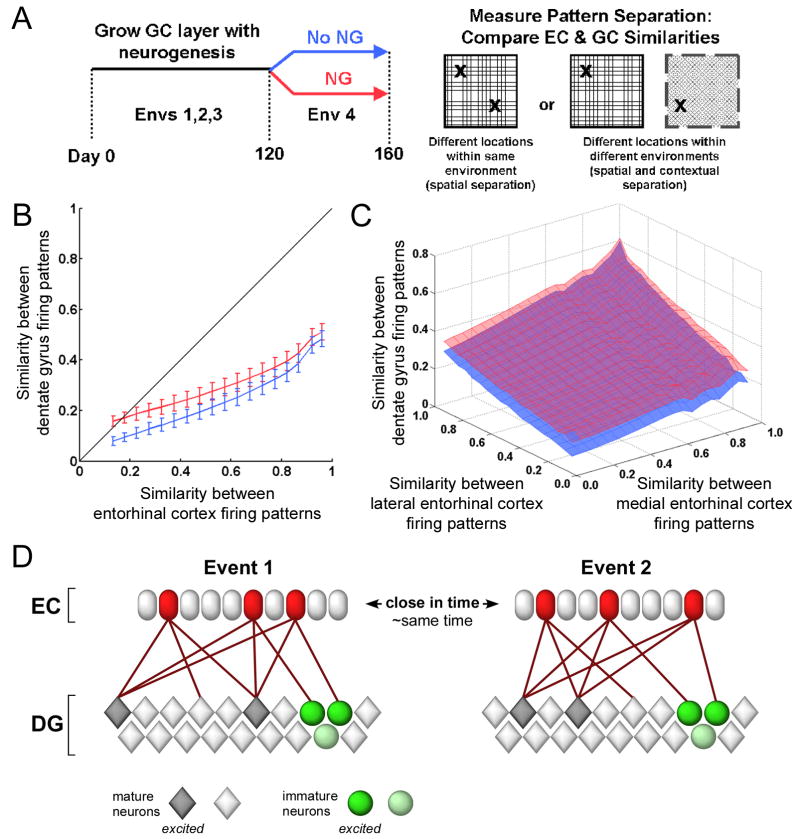Figure 2. Pattern separation by dentate gyrus (DG) model.
(A) Schematic showing pattern separation experiment. Once grown for 160 days, NG and No NG networks were tested at different locations and environments, each providing a different entorhinal cortex (EC) input to the model. (B) Effect of EC similarity (x-axis) on the similarity between DG outputs (y-axis). In networks with neurogenesis (NG, red), very low input similarity results in relatively higher DG similarity, an effect we refer to as pattern integration. Pattern integration does not occur in non-neurogenic networks (No NG, blue). Similarity is measured by the normalized dot product (NDP). The difference between NG and No NG networks was significant (p<0.01). (C) The decrease in pattern separation with neurogenesis occurs with both spatial (medial EC) and contextual (lateral EC) inputs. (D) Cartoon schematic of pattern integration effect. Two events encoded by similar EC populations activate distinct mature DG neurons, yet activate the same immature neurons.

